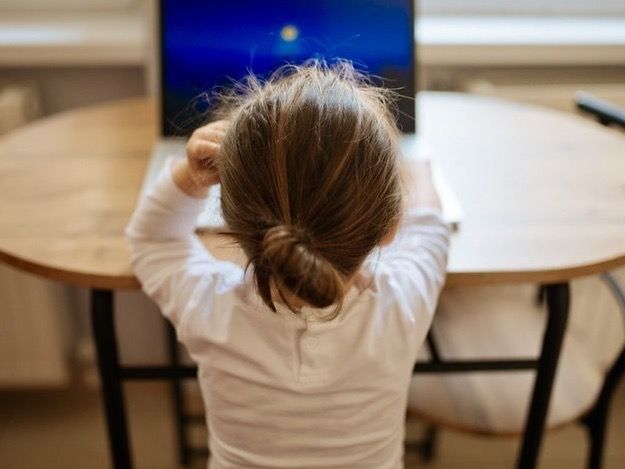Nearly a third of the world’s 1.5 billion schoolchildren have been unable to access remote learning during school closures due to the coronavirus pandemic, the U.N. children's agency reported on Wednesday.
UNICEF said its globally representative analysis relied on data from 100 nations on the availability of home-based technology and tools needed for remote learning among pre-primary, primary, lower-secondary and upper-secondary schoolchildren. That included access to television, radio and internet, and the availability of curriculum on these platforms during school closures.









